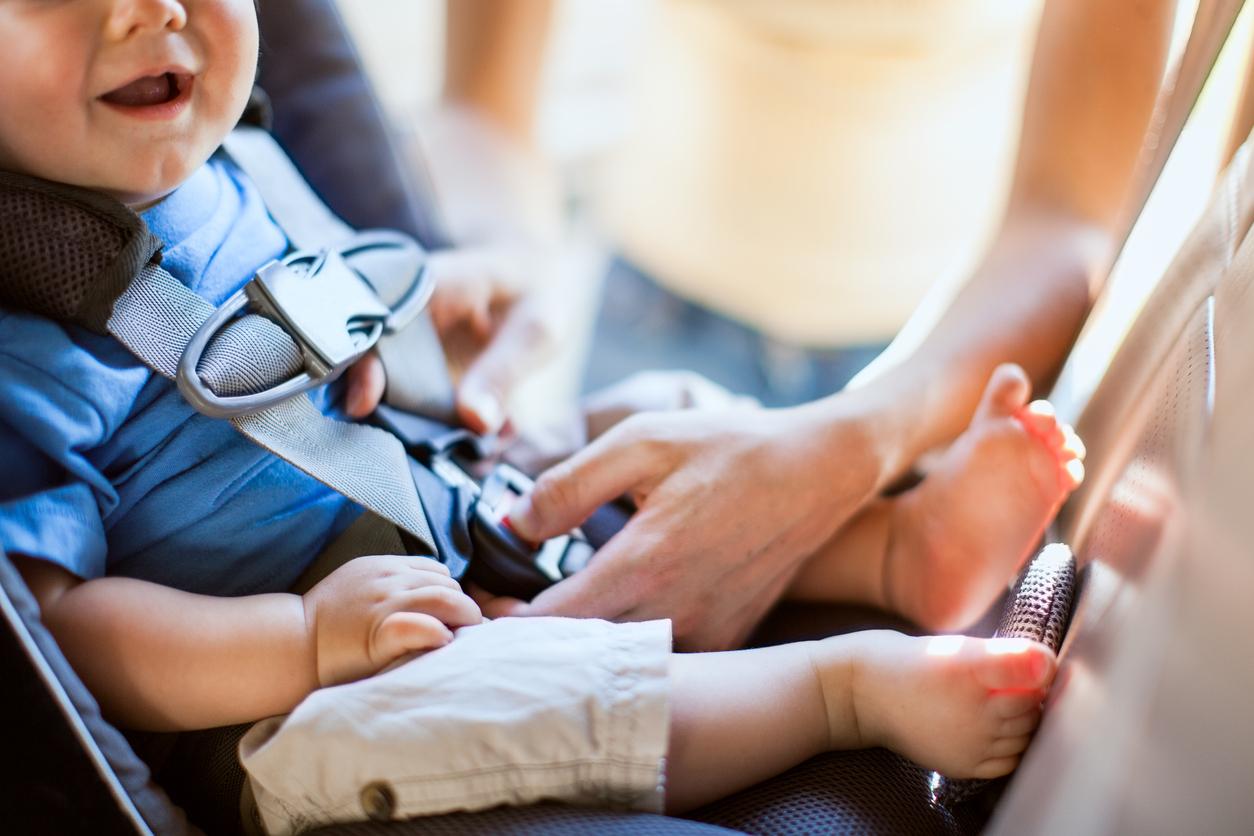The Independent's journalism is supported by our readers. When you purchase through links on our site, we may earn commission.
The UK's new baby car seat law: When does it start and how do I fit my child's seat?
The changes to the law are set to come into force by 1st March

In order to keep babies and infants safe on car journeys, it’s not only essential to have a properly-fitted car seat for them - it’s the law.
New research by Sheila’s Wheels, however, claims that a third of child car seats in the UK are installed wrong, and 10 per cent are a danger to the child as a result.
The law governing baby car seats in the UK is changing from March 1st but according to a Freedom Of Information request by confused.com, 66 per cent of parents do not fully understand the current booster seat height, age and weight regulations. So if you have a young child, this is what you need to know:
Your child must sit in a car seat until they are 12 years old or 4’5” tall, depending on which comes first.
The seat can be rear- or front-facing if your baby is older than 15 months, but for those first months of life, a baby must face the back of the car.
Once the top of their head is level with the top of the seat, it’s time to get a bigger one - according to experts, this should only be done when your baby can hold their own head up for at least half an hour at once.
If your baby weighs less than 9 kg, they should travel in a baby carrier rather than a child seat.
Once your child is older and bigger, you can sit them in a backless booster seat, but only when they weigh about 15 kg, which is usually around the age of three and a half.
Images capture the moment babies take their first breath
Show all 8The law is changing with regard to backless booster seats though - they’re going to be banned for children under 4’1” and weighing less than 22 kg because experts believe they’re not as safe as seats with backs.
However this change only applies to new backless booster seats entering the market after March 1st 2017 - if you already own one, it’s fine to continue using it. And any seat which has already gained approval against existing regulations can continue to be manufactured, sold and used.
There are a few exceptions to the law where children can legally travel without a car seat:
- On unexpected emergency journeys if only for a short distance and the child is over three years old
- In a minibus, minicab, taxi, coach or van but not in the front
- If you have three children sitting in the back of the car, the third car seat simply won’t fit and the child in question is at least three years old.
When choosing a seat, make sure you pick one that will be secure: look for one either with a diagonal strap, one that is designed to be used with a lap seat belt, or one that has ISOFIX anchor points (which keep the chair attached to the seat of the car).
All car seats in the UK must be EU-approved so check yours is marked with an E.
How to fit a child car seat correctly:
- Deactivate any front-facing airbags if you’re using a rear-facing seat.
- Check the seat is secure and won’t wiggle around.
- Ensure the seat buckle is outside the frame (there’s a risk it could come open in an accident otherwise).
- If you’re fitting a seat for a baby, make sure the harness is pulled tight with a maximum of two fingers’ room between their collar-bones and the shoulder straps.
- Check the harness buckle is as low as possible - ideally across the child’s pelvis rather than their stomach.
- Make sure everything is adjusted in line the the seat’s instructions.
Subscribe to Independent Premium to bookmark this article
Want to bookmark your favourite articles and stories to read or reference later? Start your Independent Premium subscription today.

Join our commenting forum
Join thought-provoking conversations, follow other Independent readers and see their replies